Discover the repoussé technique, an ancient metalworking method that creates unique relief designs. Used since...
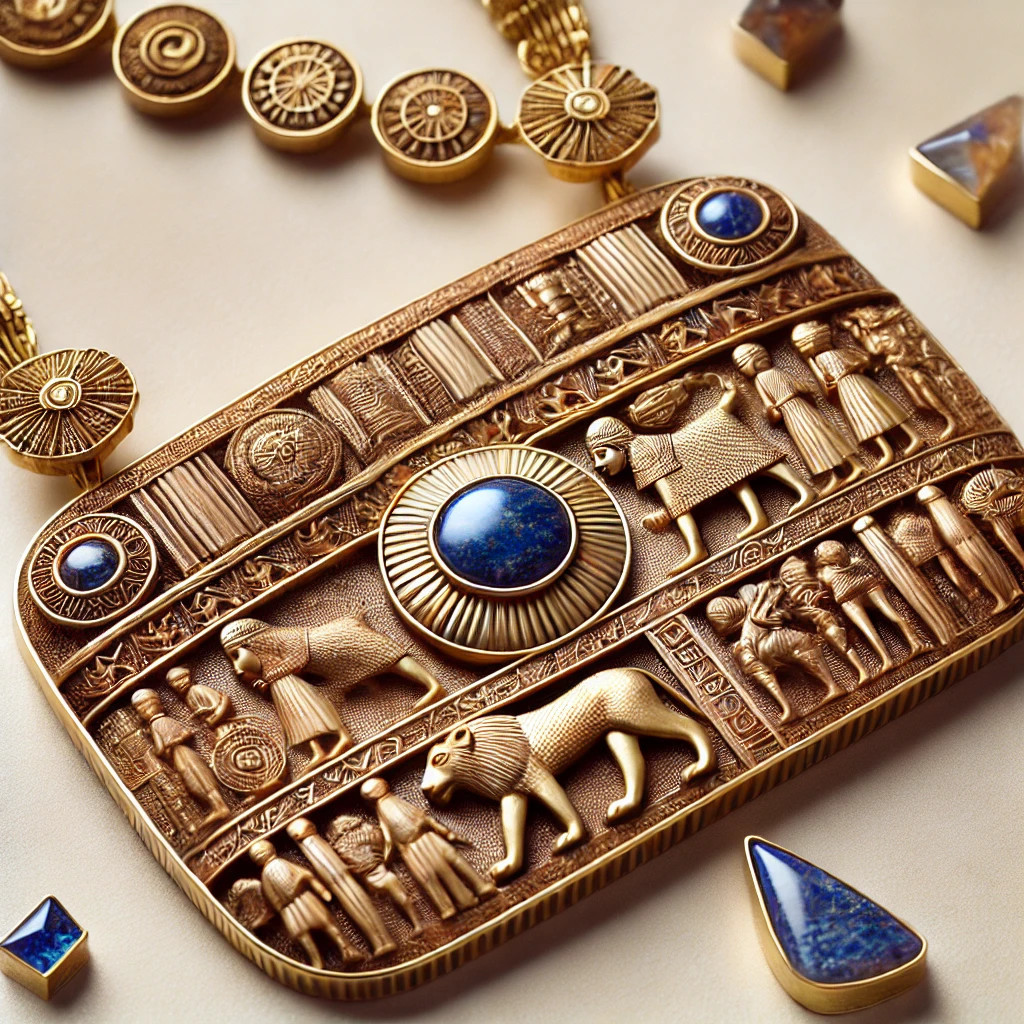
Jewelry in Mesopotamia
Jewelry in Mesopotamia: History and Significance
Mesopotamia, often called the "cradle of civilization," was home to some of the earliest human societies, such as the Sumerians, Akkadians, Babylonians, and Assyrians. Located between the Tigris and Euphrates rivers (in modern-day Iraq), this region was a crossroads of trade and cultural exchange. The art of jewelry played a central role, reflecting social status, spirituality, and the importance of rare materials in daily life.
Materials Used
Jewelry in Mesopotamia was made from various precious materials. Gold, silver, and copper were the most commonly used metals, carefully worked to create delicate pieces. Artisans also used precious and semi-precious stones such as lapis lazuli, carnelian, and agate, often imported from distant regions like Afghanistan, Egypt, or India.
Symbolism and Function of Jewelry
In Mesopotamia, jewelry was not worn solely for its beauty. It had a spiritual and protective function. It was believed that certain stones and metals possessed magical powers capable of protecting the wearer from evil spirits and attracting good fortune. For example, lapis lazuli, a highly prized blue stone, symbolized divine power and spiritual protection. It was often used in amulets and necklaces worn by priests and kings.
Jewelry as a Status Symbol
Jewelry was also an indicator of social status. Mesopotamian elites, including kings, queens, nobles, and priests, wore luxurious jewelry to demonstrate their wealth and power. The royal tombs discovered in Ur (dating from 2600 BCE) revealed diadems, bracelets, and necklaces made of gold and inlaid with precious stones, testifying to the importance of jewelry in the lives of Mesopotamian rulers. Jewelry was often buried with the dead to accompany them into the afterlife.
Manufacturing Techniques
Mesopotamian artisans were masters in the art of working metals. They used sophisticated techniques such as granulation (a method involving soldering tiny gold grains onto a metal surface) and filigree (gold wires twisted together to create intricate patterns). These techniques showcase a high level of technical skill and meticulous attention to detail, underscoring the importance of jewelry in Mesopotamian culture.
Jewelry for Everyone: Not Just for the Elite
While the most opulent jewelry was reserved for the elite, the middle and lower classes of Mesopotamian society also wore jewelry. However, the materials used were more modest, such as shells, bones, or copper. Jewelry had symbolic functions, whether made of gold or simpler materials, reflecting the spiritual and cultural significance of these objects at all levels of society.
Religious Influence
Mesopotamian deities were often depicted adorned with jewelry, highlighting the religious significance of these adornments. Religious beliefs influenced the design choices for jewelry, especially amulets, which were engraved with religious symbols intended to invoke divine protection. The sun god Shamash, for example, was often associated with jewelry worn to guarantee light and truth.
Jewelry as Gifts and Trade
Jewelry also played a central role in trade and political alliances. It was given as gifts at weddings, treaties, or to mark important events. The trade of precious jewelry contributed to the expansion of Mesopotamian civilization and its relationships with other cultures.
The Legacy of Mesopotamian Jewelry
Today, Mesopotamian jewelry continues to inspire contemporary designers, who replicate the motifs and techniques used by ancient artisans. The jewelry discovered during archaeological excavations in cities such as Ur and Nineveh testifies to the refinement and complex symbolism of these objects. Mesopotamian jewelry offers a glimpse into the history of a civilization that deeply influenced art, culture, and humanity.
Conclusion
Jewelry in Mesopotamia was far more than mere adornment. It was a form of artistic expression, a symbol of status and spirituality, and a means of protection. From royalty to the common people, jewelry played a central role in Mesopotamian society, both in daily life and in religious and social ceremonies.

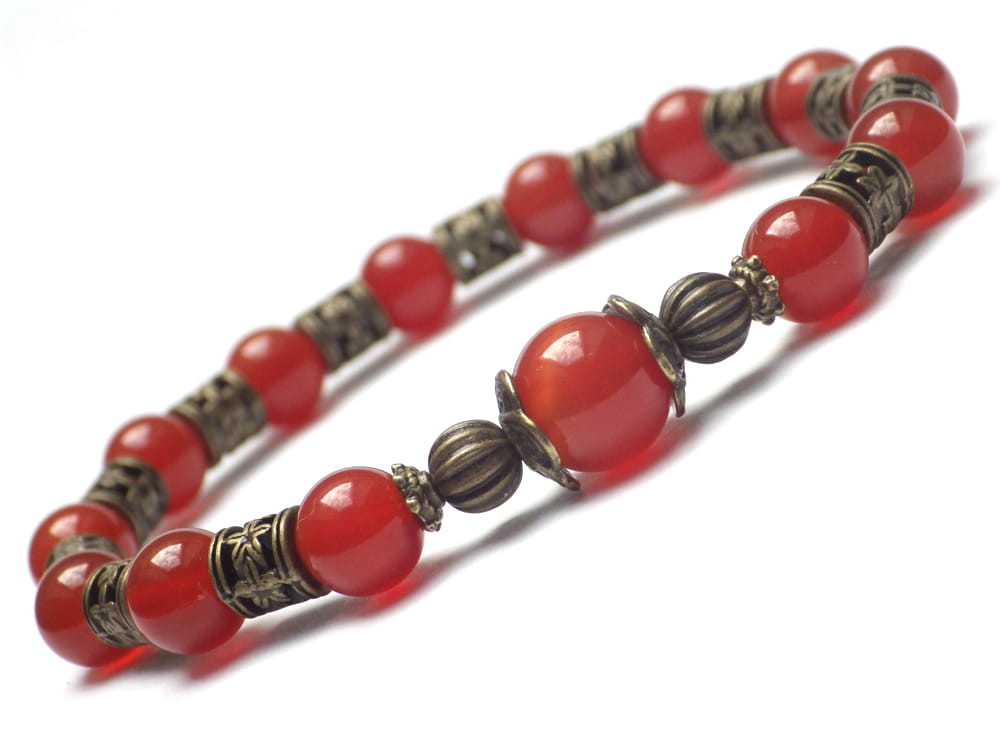
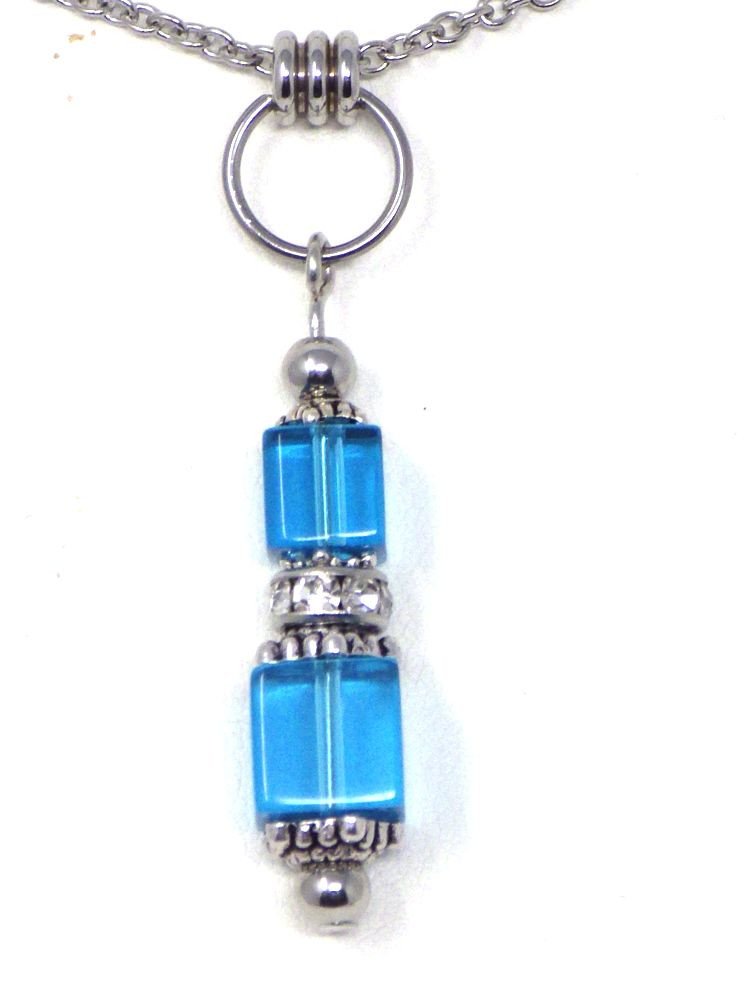
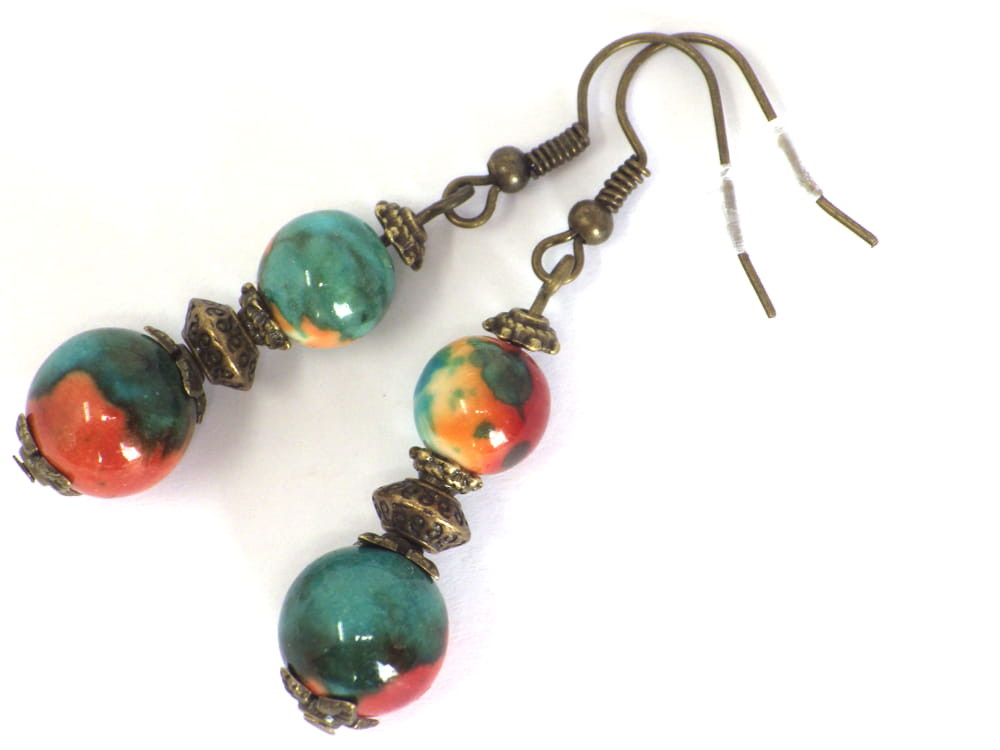

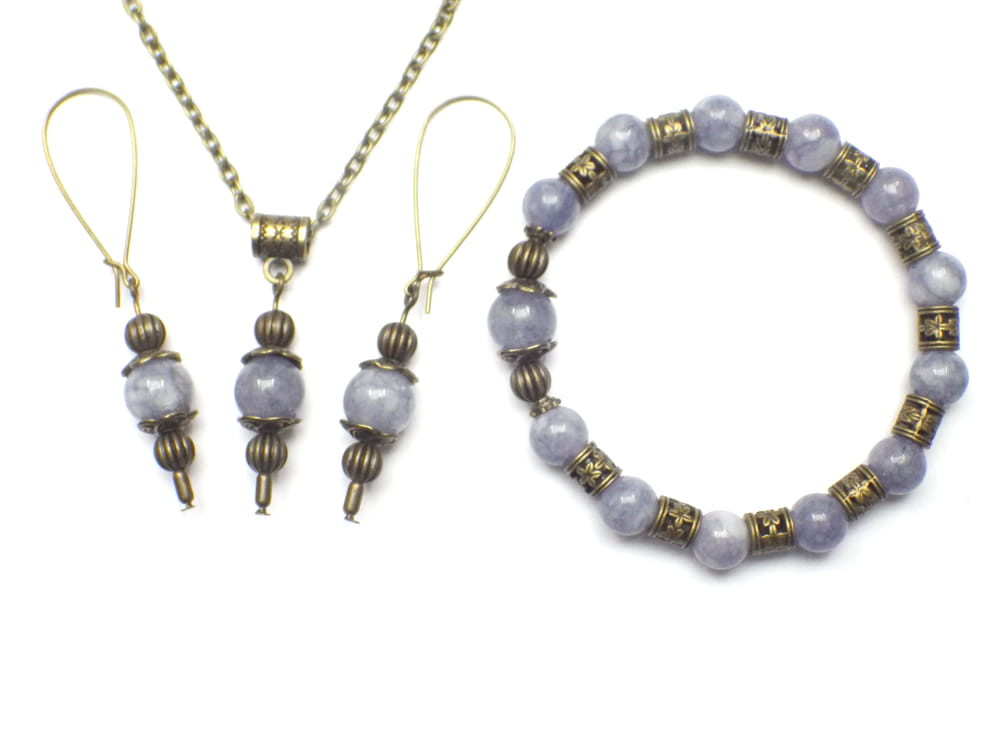
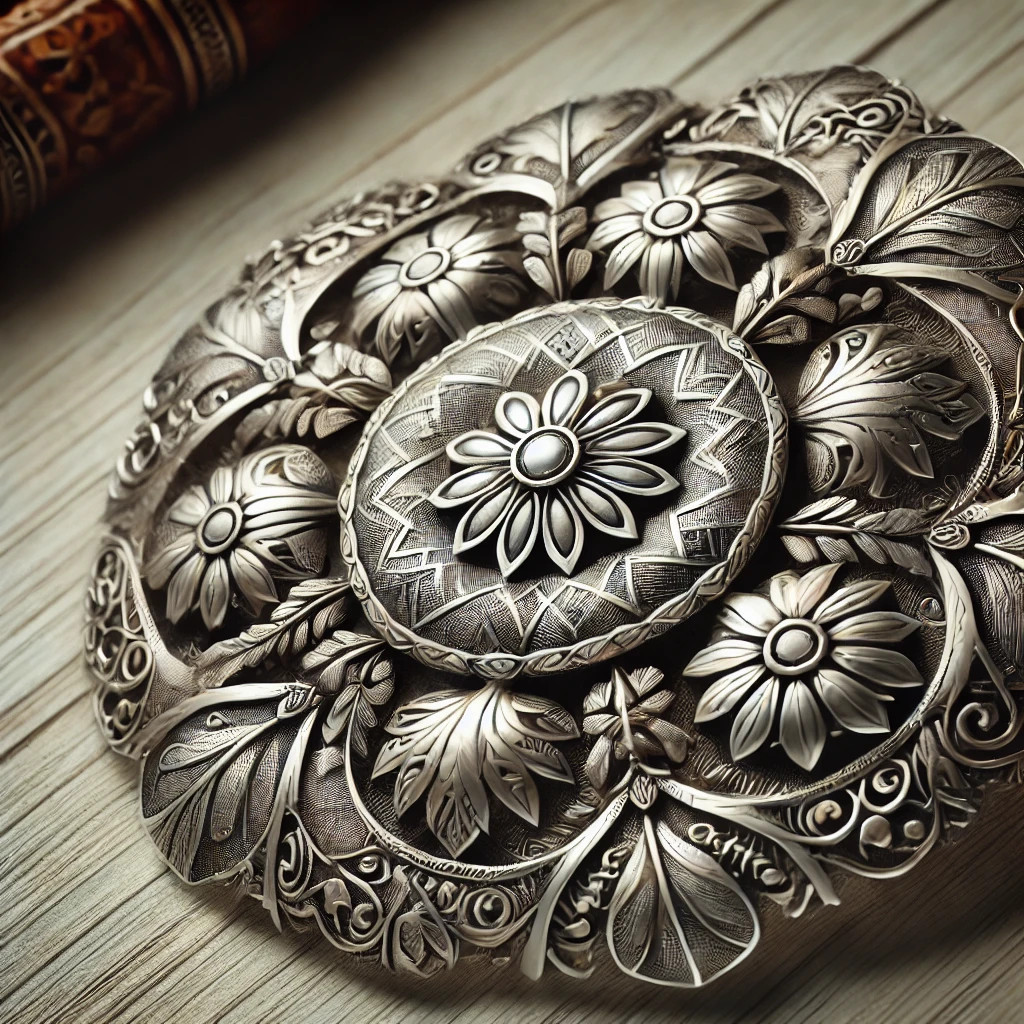
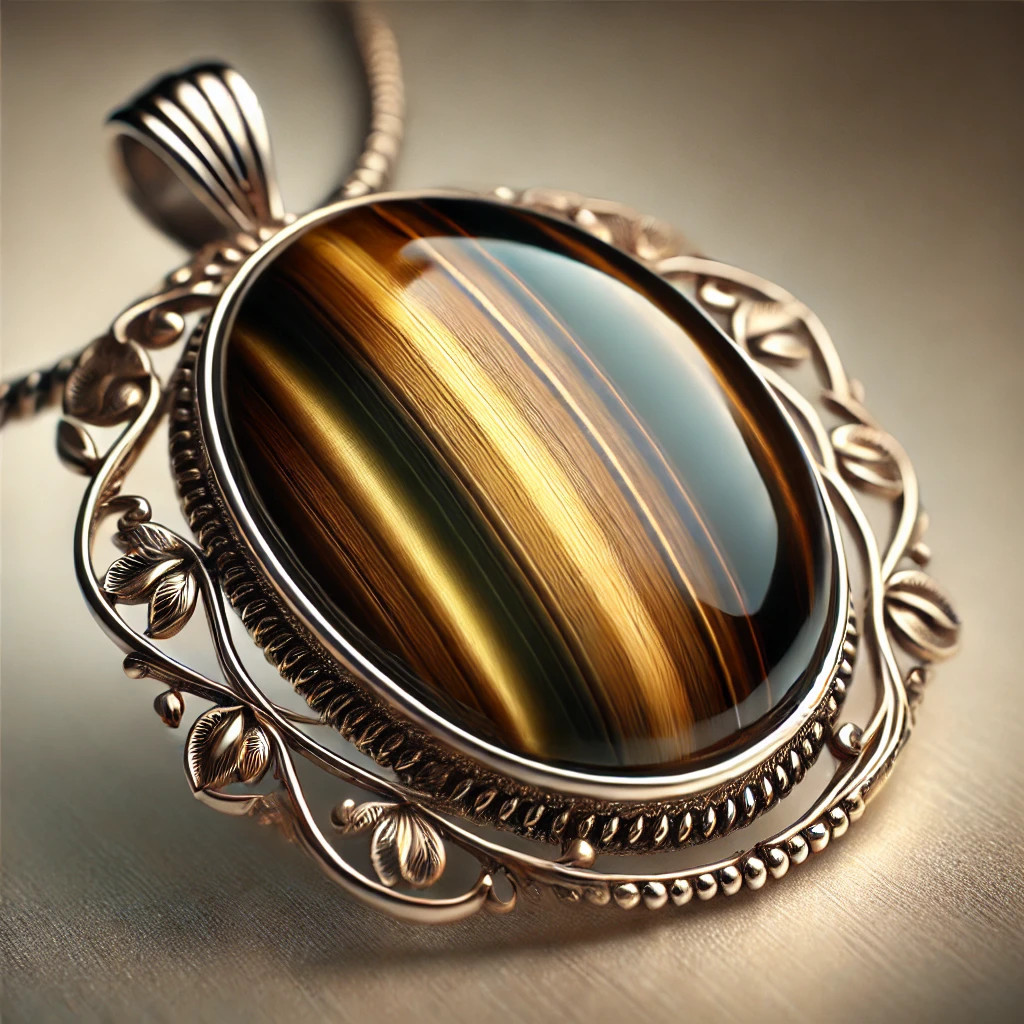
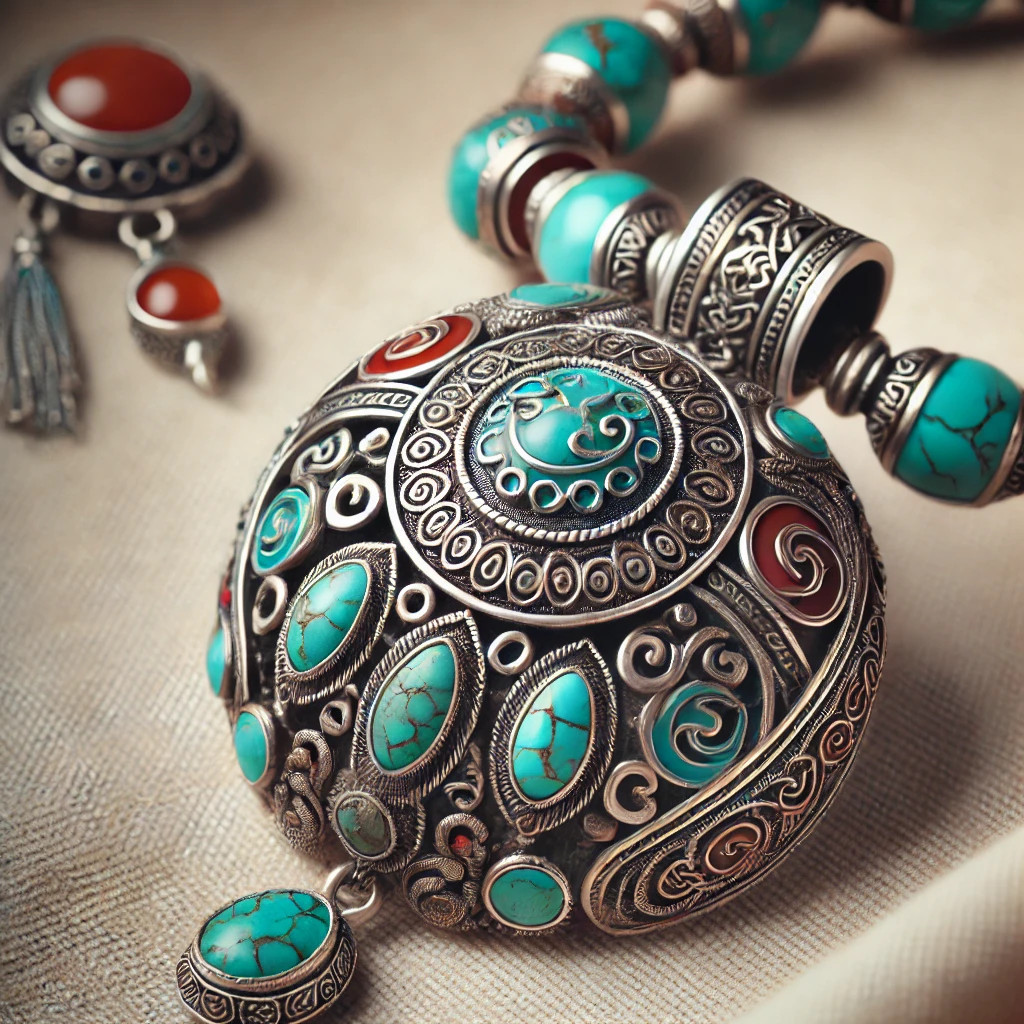
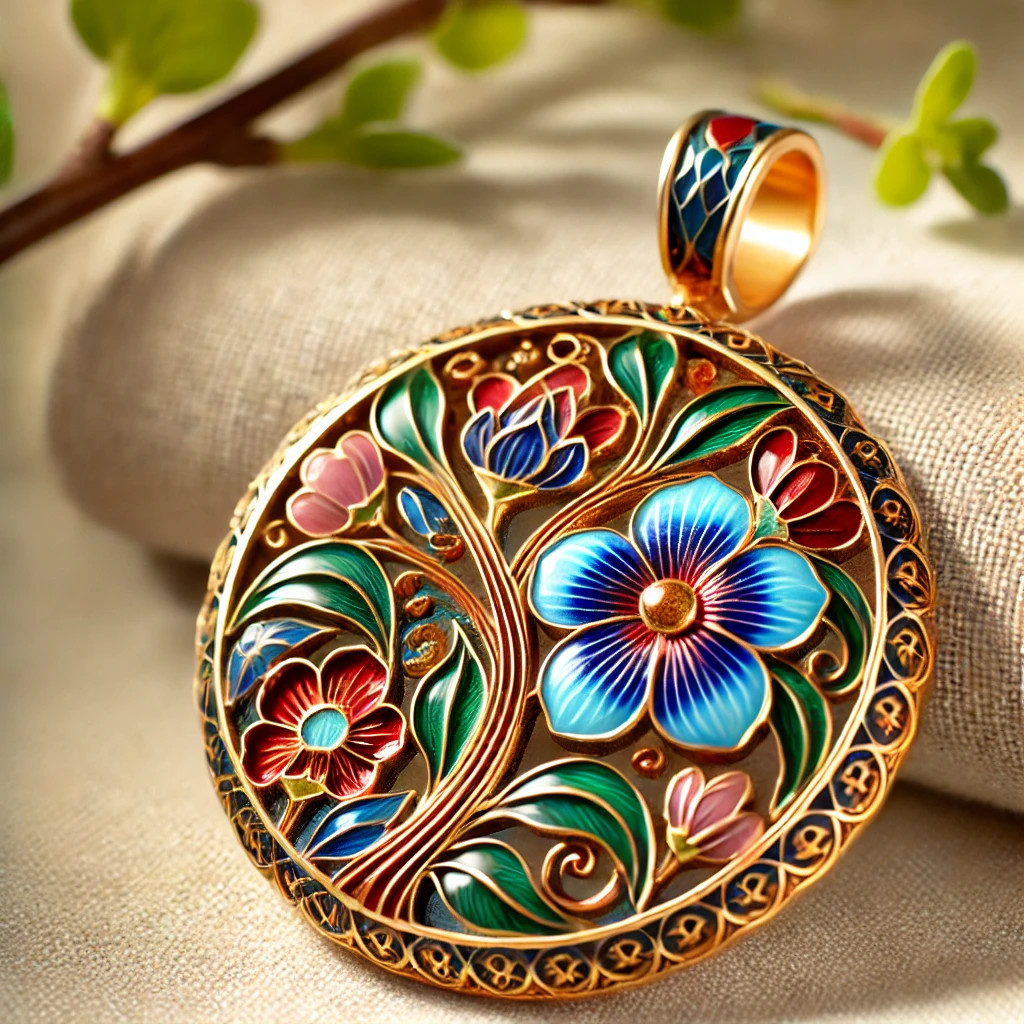

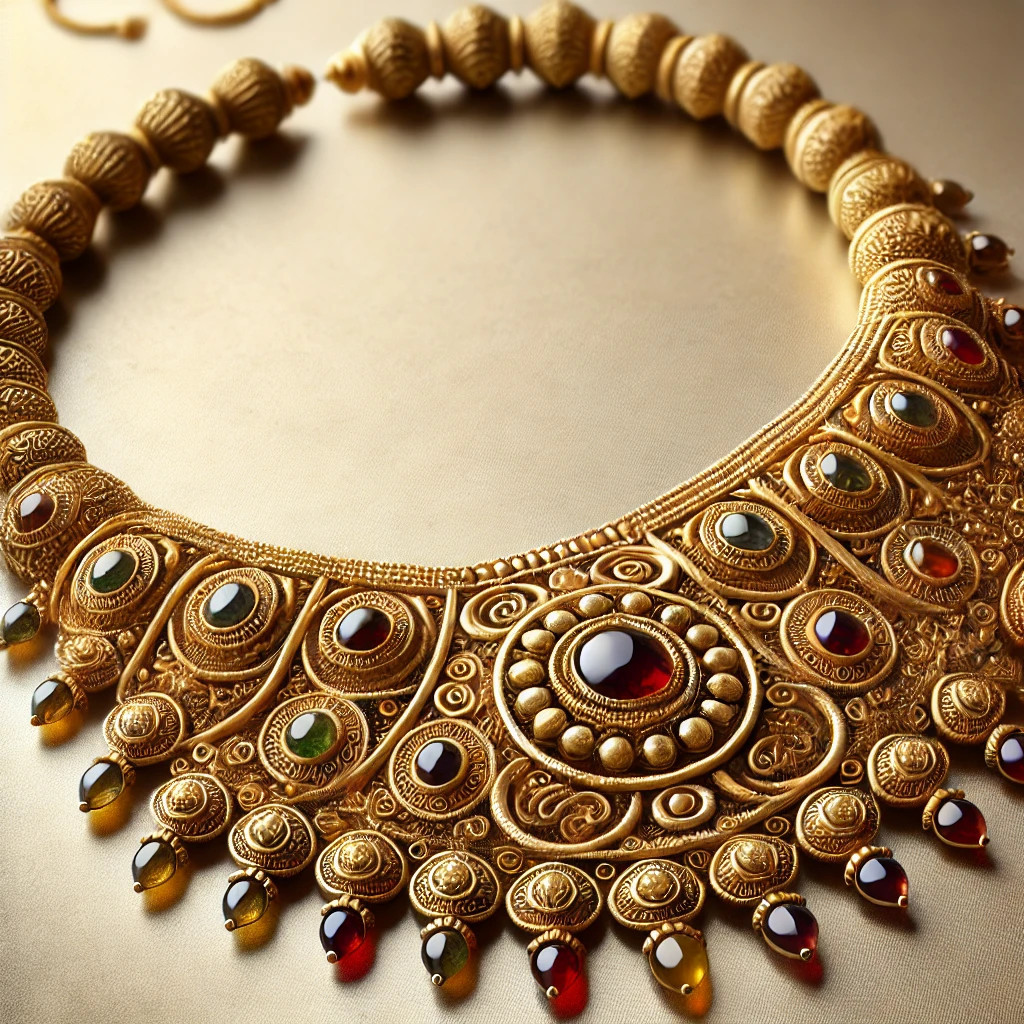
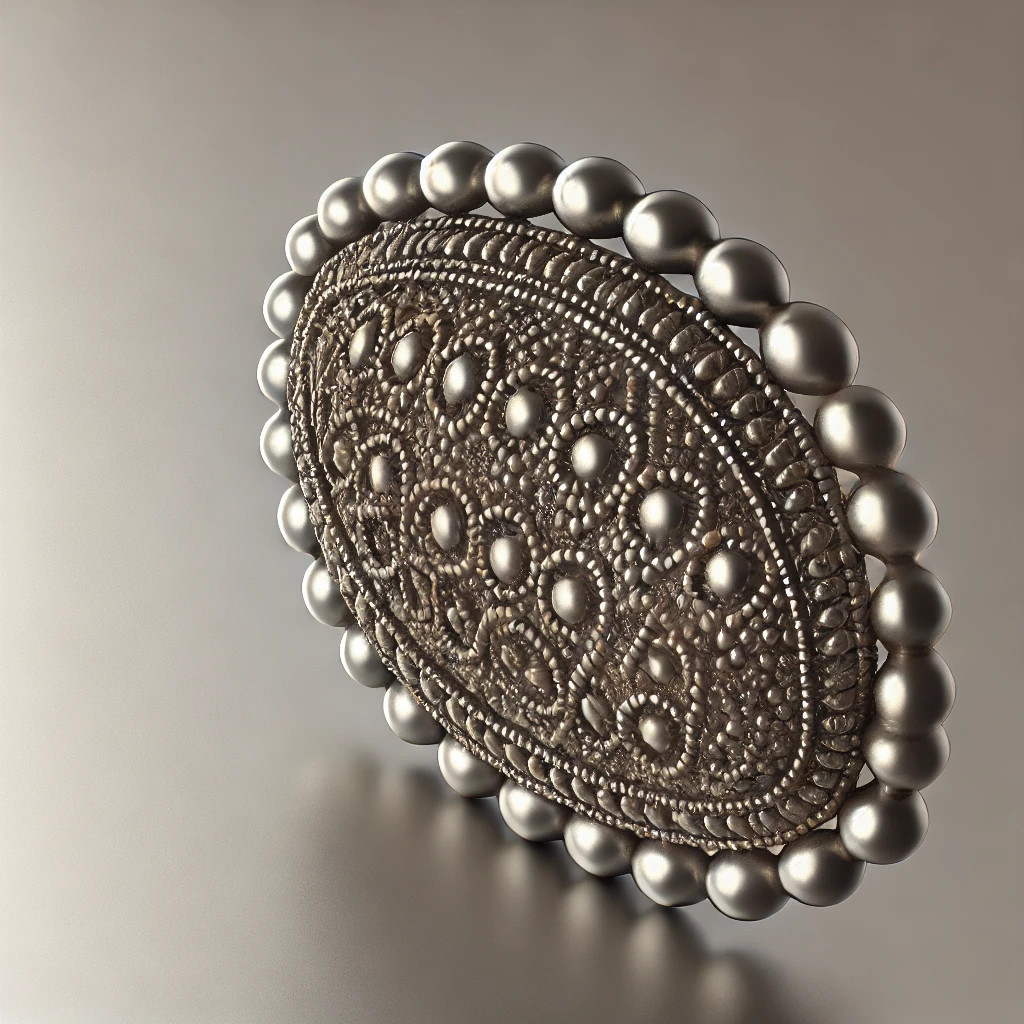

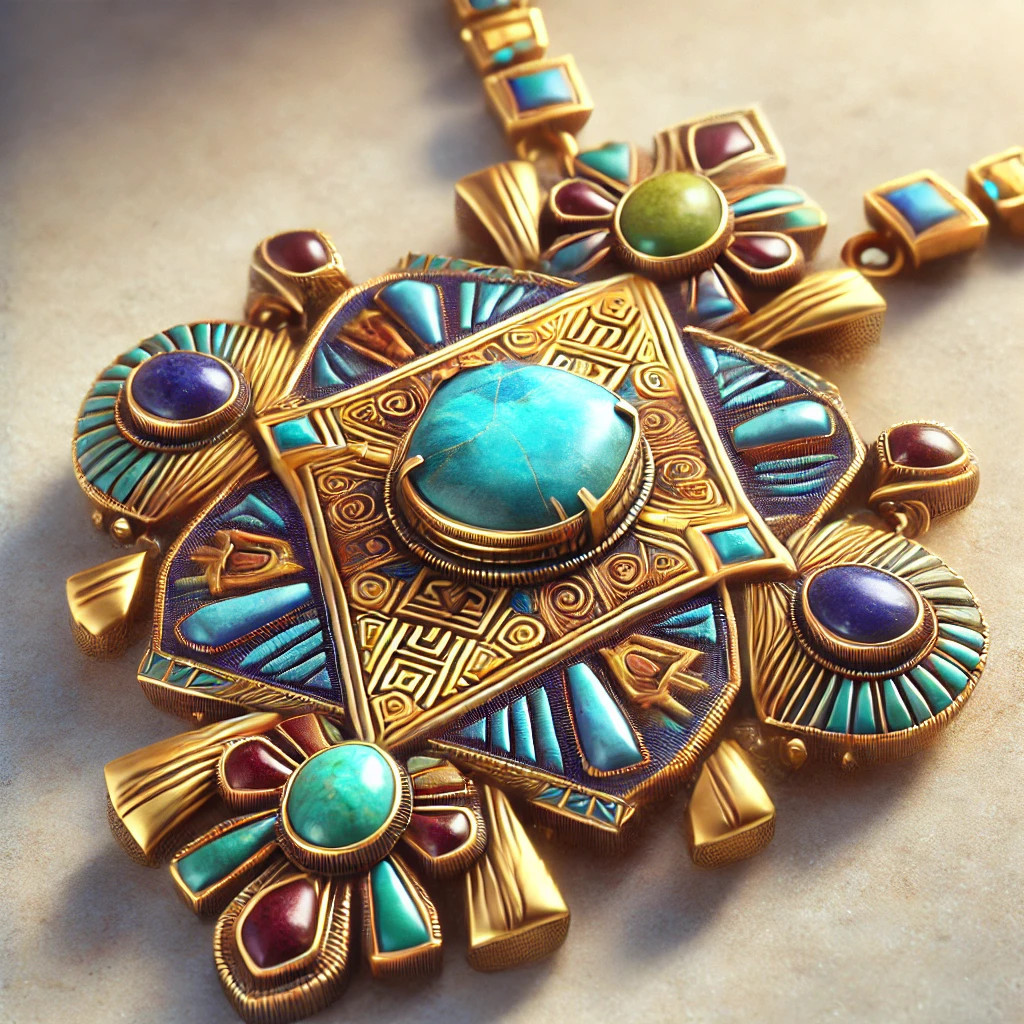


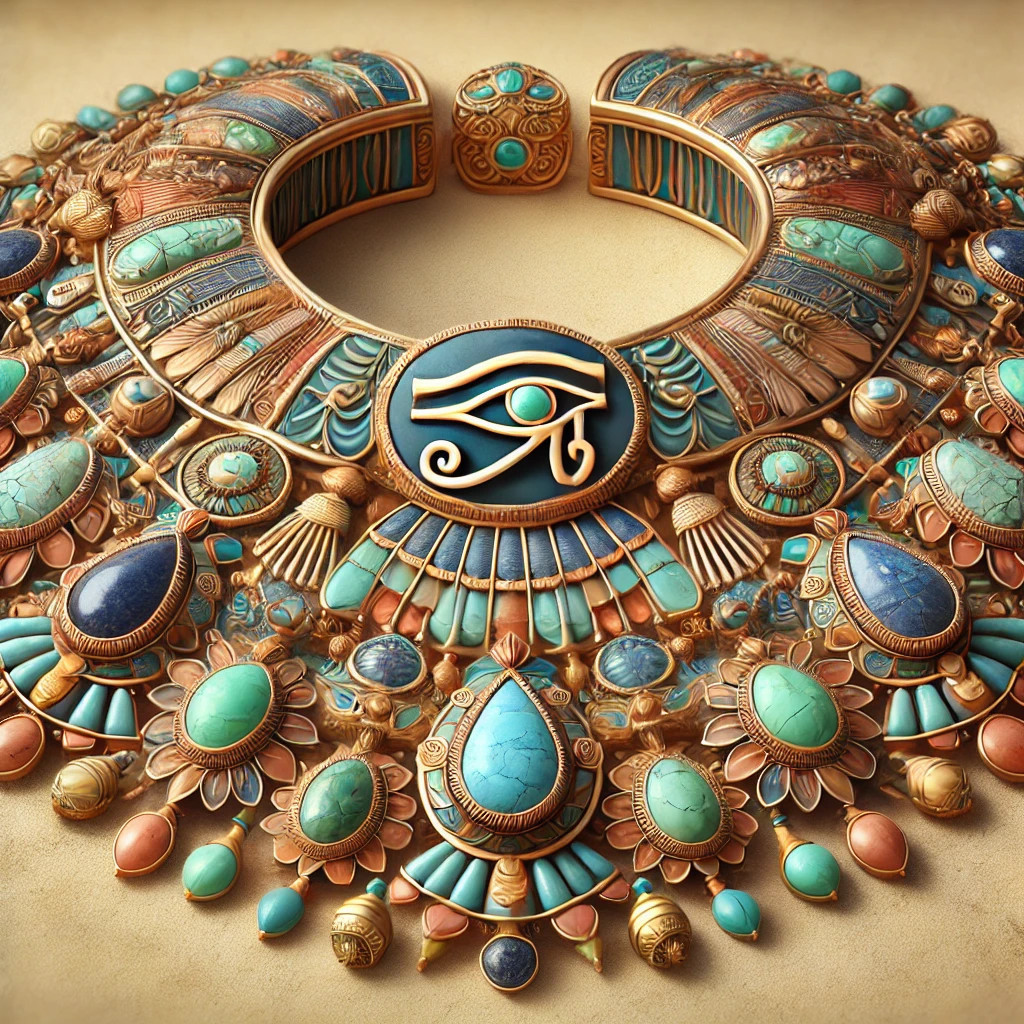

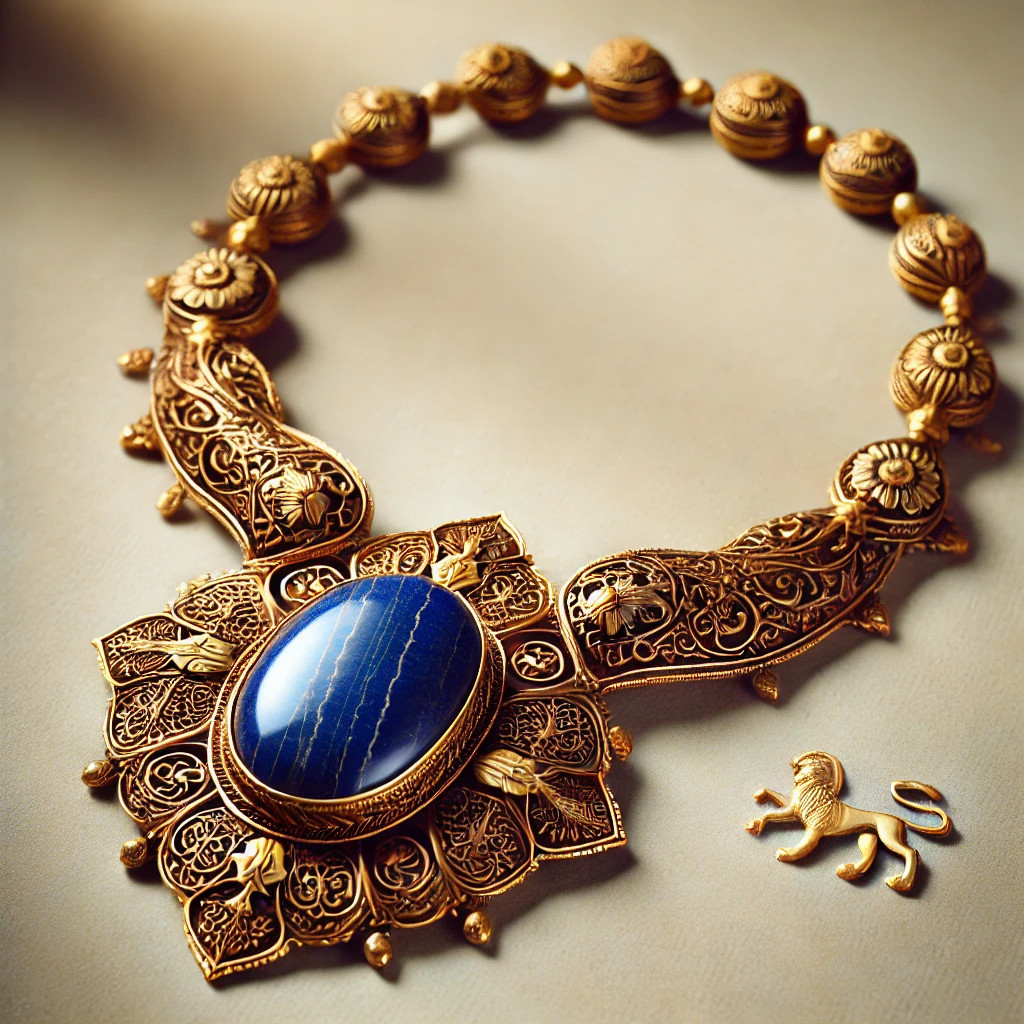
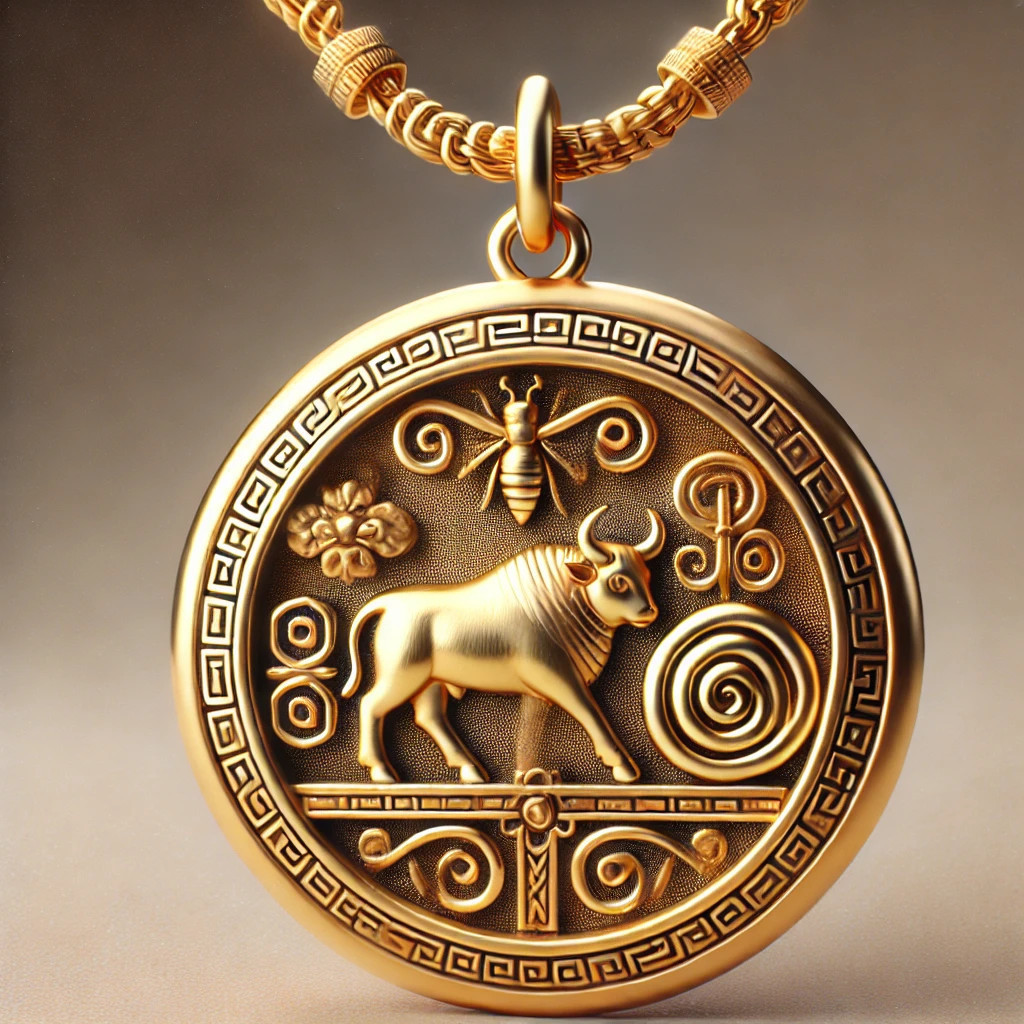
Leave a comment